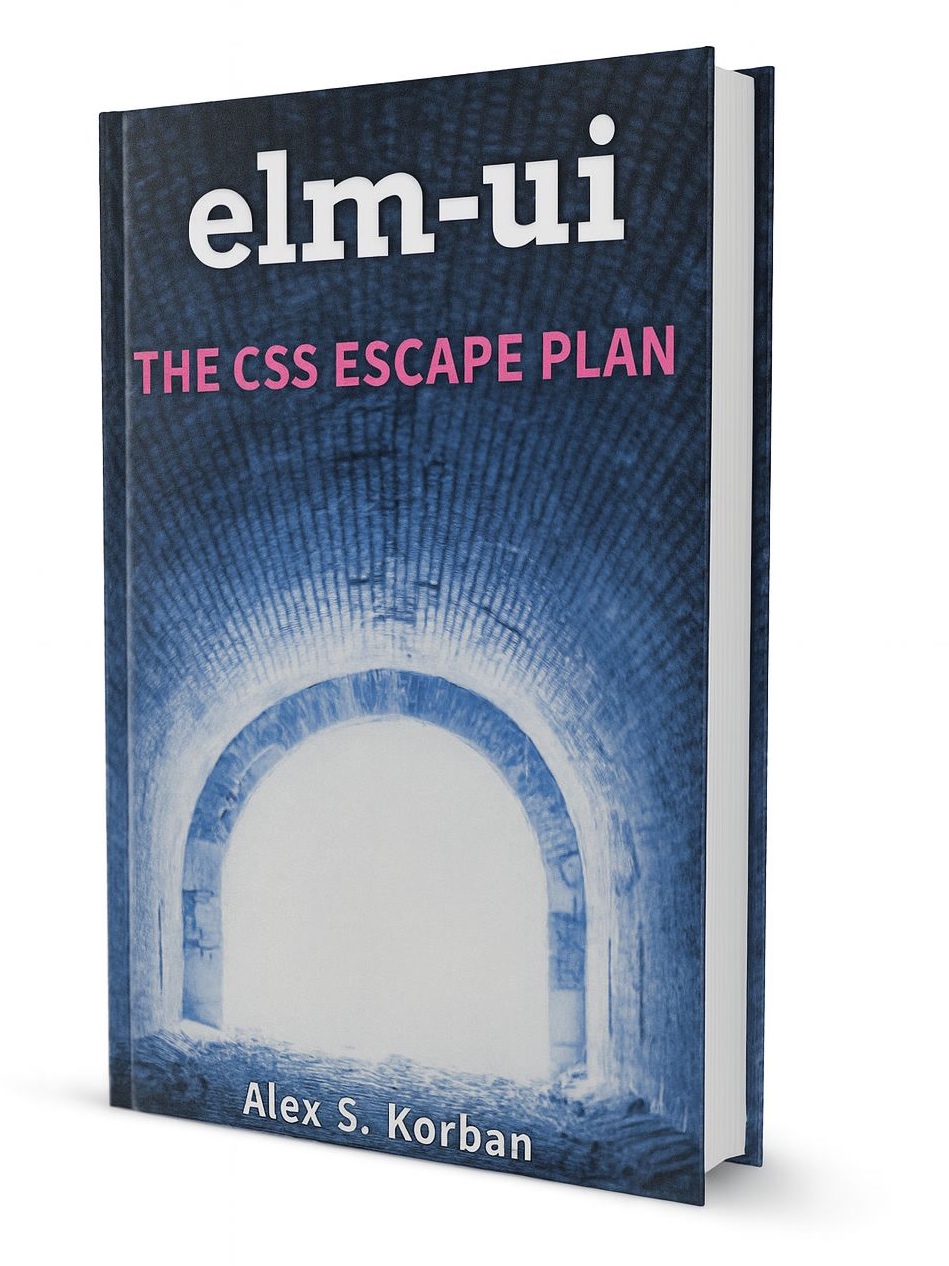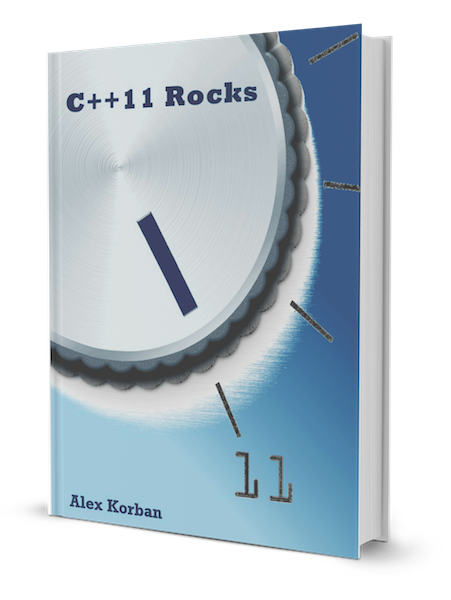
Hi, my name is Alex Korban.
I'm an author, software engineer (and engineering manager by day), and once a business co-founder.
This site is home to my writing, work and various projects.
Interests and projects

A resource to help people orient themselves in using LLM tools for software engineering

Elixir
I used Elixir/Phoenix/LiveView commercially and enjoyed it.
I have written some posts about it.

Elm
I wrote books and Elm resources, made tools, and ran the Elm newsletter for a while.
Details can be found in the Elm section.

PostgreSQL
Postgres is one of my favourite technologies. I wrote a book about handling time and temporal data in PostgreSQL.
My books
I wrote and self-published a number of books for software engineers over the years.

Elm is a pioneering language in many ways and, in the words of its creator, a collection of "the greatest hits" of the ML family of languages. As such, it's still a great language to learn in order to get familiar with functional programming, but also to see how programming could be different. However, Elm requires quite a mindset shift, particularly for somebody who is new to functional programming and static types. I wrote this book to guide people beyond the basics and into the practical tasks of creating applications with Elm: building UIs, styling, working with JSON, interacting with JavaScript code, testing and so on.

I've always found CSS is unintuitive and sprawling. When I began using mdgriffith/elm-ui, for the first time
I was able to create fairly complex UI layouts with hardly any need to refer to the docs. It was a real breath of fresh air.
elm-ui
provides a much more intuitive approach to building UIs compared to HTML and CSS. I wrote this guide and created
a showcase of common UI patterns built with elm-ui
to help other people get started with elm-ui.

When I was creating a product for real-time visualisation of activity on highway construction sites, I had to deal with time and event sequences in PostgreSQL quite a lot, and it was quite tricky at times. I couldn't find much literature on the topic, so I decided to write this book to help people deal with the time dimension of their data. Everyinterestg related to time in Postgres is in the book: time tools, time zones, representing and querying complex temporal data. Of the books I authored, this is the one I am most fond of: it was a labour of love, and PostgreSQL is one of my favourite technologies.

This was a series of book written over a few years. C++ was one of the first programming languages I learned back in high school. I went on to use it professionally for a number of years. When C++11 (and subsequently C++14) came out, there were substantial changes in the language but no literature that would cover them in detail. I wrote a series of books to provide this kind of material for developers moving on to the new compilers. The books had separate editions for Visual Studio, GCC, and Clang.